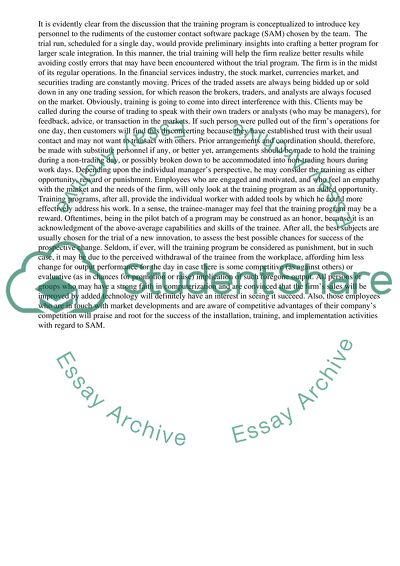Cite this document
(“Organizational Training Design Assignment Example | Topics and Well Written Essays - 3750 words”, n.d.)
Retrieved from https://studentshare.org/management/1393027-organizational-training-design
Retrieved from https://studentshare.org/management/1393027-organizational-training-design
(Organizational Training Design Assignment Example | Topics and Well Written Essays - 3750 Words)
https://studentshare.org/management/1393027-organizational-training-design.
https://studentshare.org/management/1393027-organizational-training-design.
“Organizational Training Design Assignment Example | Topics and Well Written Essays - 3750 Words”, n.d. https://studentshare.org/management/1393027-organizational-training-design.


